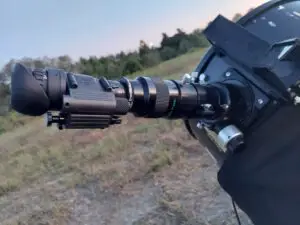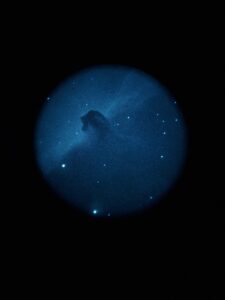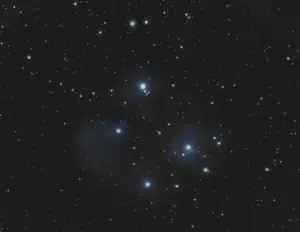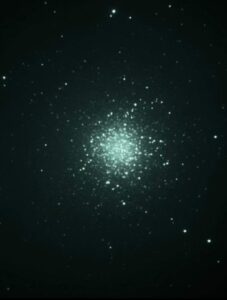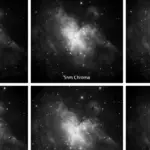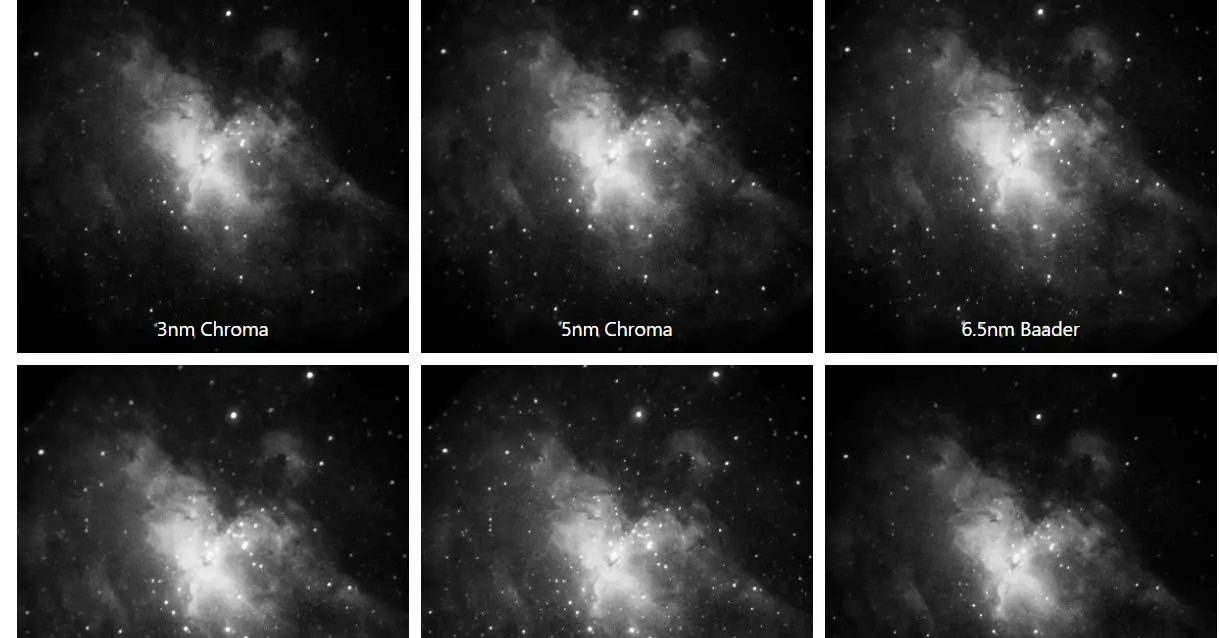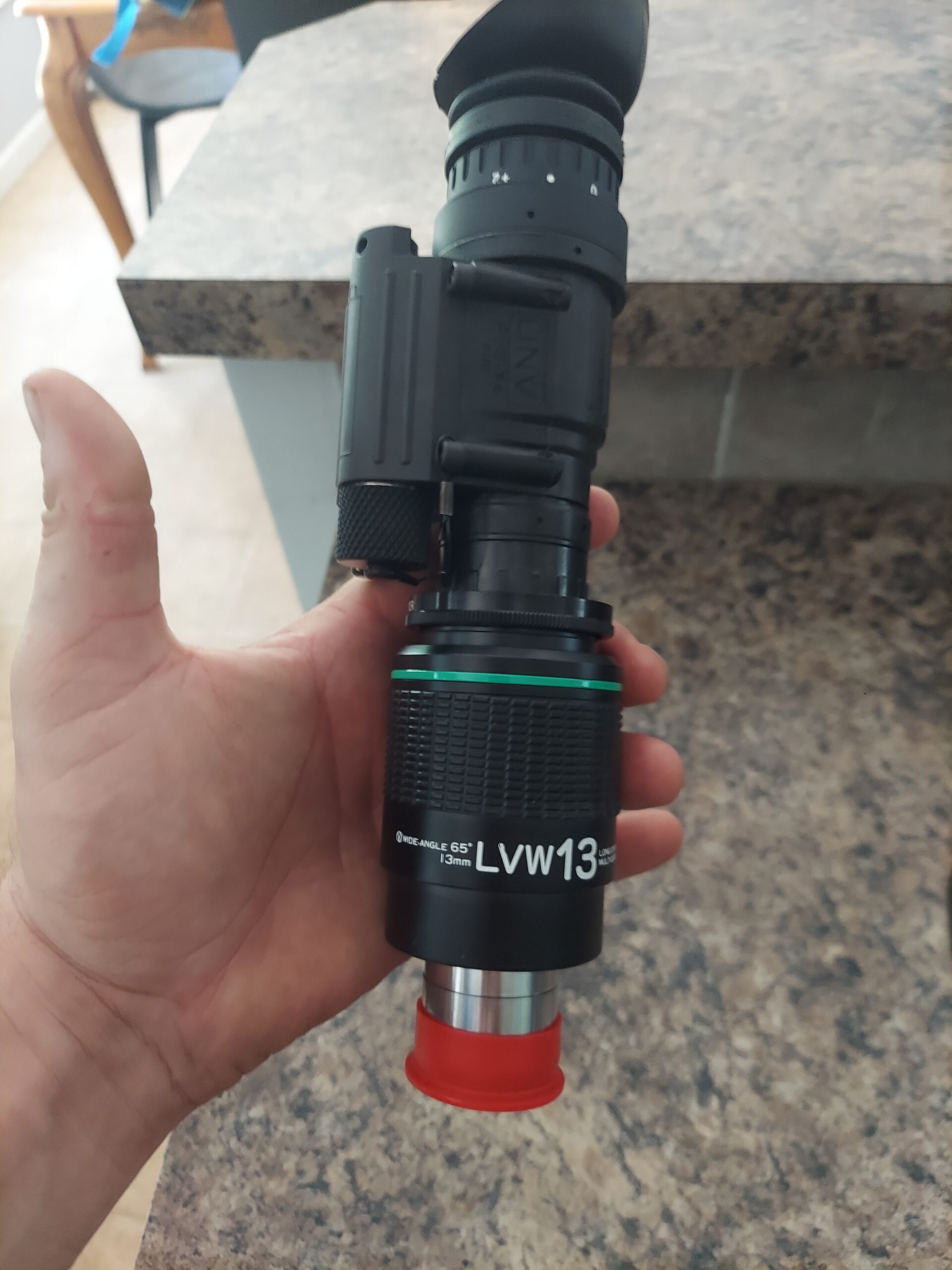Night vision astronomy is the use of image enhancing night vision technology with a telescope. It is incredible what becomes visible with night vision.
I have been using my night vision tube in my 16” Dobsonian for almost a year now and I reached out to a few friends who use refractors. I will discuss the pros and cons of each set up in this article and share lots of images taken through three different scopes.
This post will give you an idea of what you can expect when using night vision with a refractor or Dobsonian mounted reflector telescope. There are many types of refractors and I will give all the specs on the pictures I am sharing here. They are from two of my astronomy friends Gavin and Richard.
We all use the afocal method most of the time with night vision which uses the eyepiece for projection. A few of these images are taken using the Prime Focus method to increase image scale.
Price: Dob vs Refractor
To start using night vision with your telescope you will need the same basic components no matter what scope you are using. You will need the tube, h alpha filter, eyepiece adapter and eyepieces.
You will need a 2 inch focuser for both setups.
Refractor telescopes are generally more expensive than Dobsonian reflectors. This is mainly due to the mount. There are some other reasons that refractors generally cost more than reflectors that I discuss in detail in the linked article.
A reflector will be the cheaper option to get into night vision astronomy, but you can use the telescope that you already have with great success.
If you are looking to buy your first telescope you may want to start by reading our guide to buying a used telescope, or read why I think everyone should get a Dob.
If you are looking for a night vision kit for astronomy, email me at telescopeboss@gmail.com and I can put together a custom kit for you.
Some people like to add an IR filter to their setup. I live in a Bortle 4, I have the 685nm filter, and have not noticed much difference, but I still have plenty of experimenting to do.
Field of View: Dob vs Refractor
The biggest difference between using night vision with a reflector and refractor is the field of view.
A dobsonian gives you about one degree, but with a refractor you can see three to five degrees.
Focal length of course impacts the field of view of any telescope.
The picture on the left is the Flame and Horse Head nebula through a TEC with a focal length of 1600mm (native focal ratio of f/8). The photo on the right is the same image through my Orion XX16G with a focal length of 1800mm (native focal ratio of f/4.4).
The difference here is pretty slight because of the adjustments that have been made with eyepieces and the similar focal length between the two scopes.

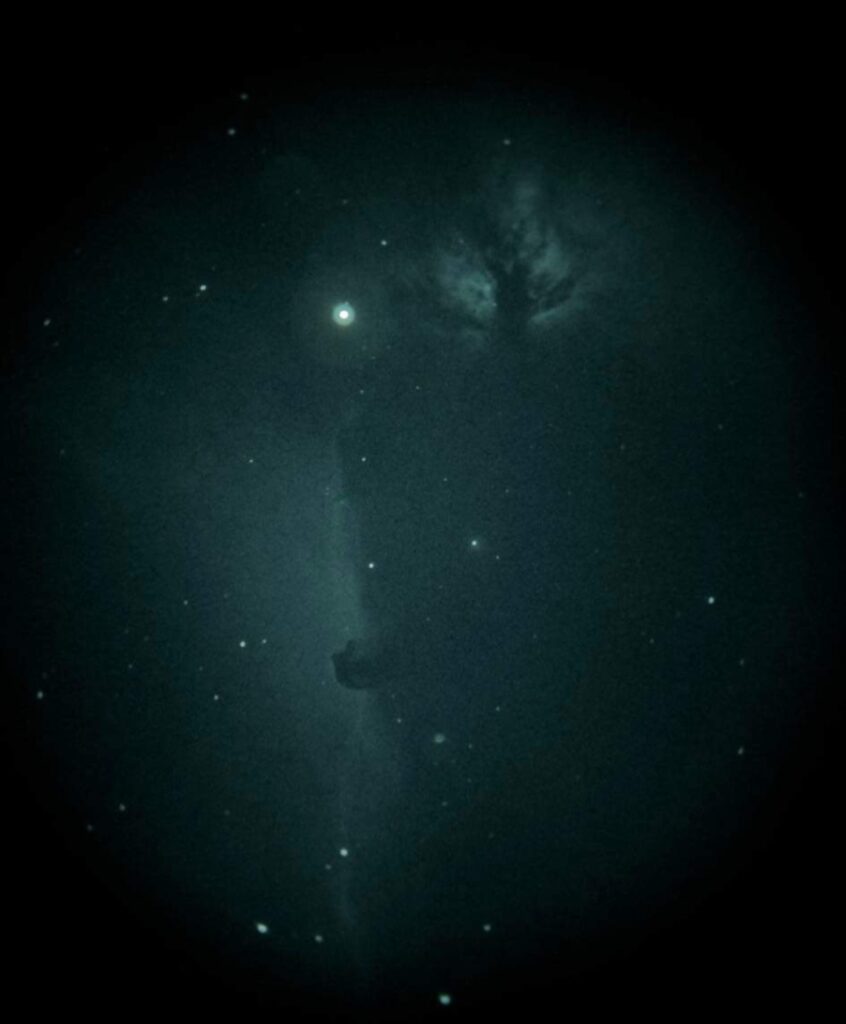
This is the Rosette Nebula with the same two scopes. This is a 130mm (5 inch) refractor and my Orion XX16G (16 inches).
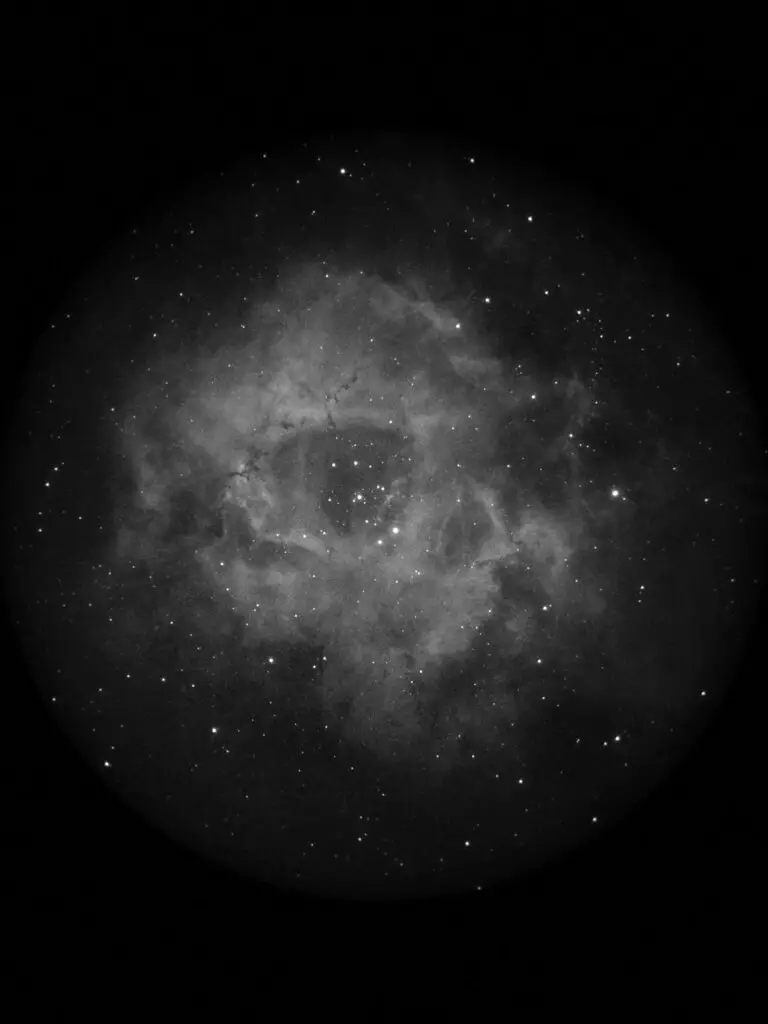
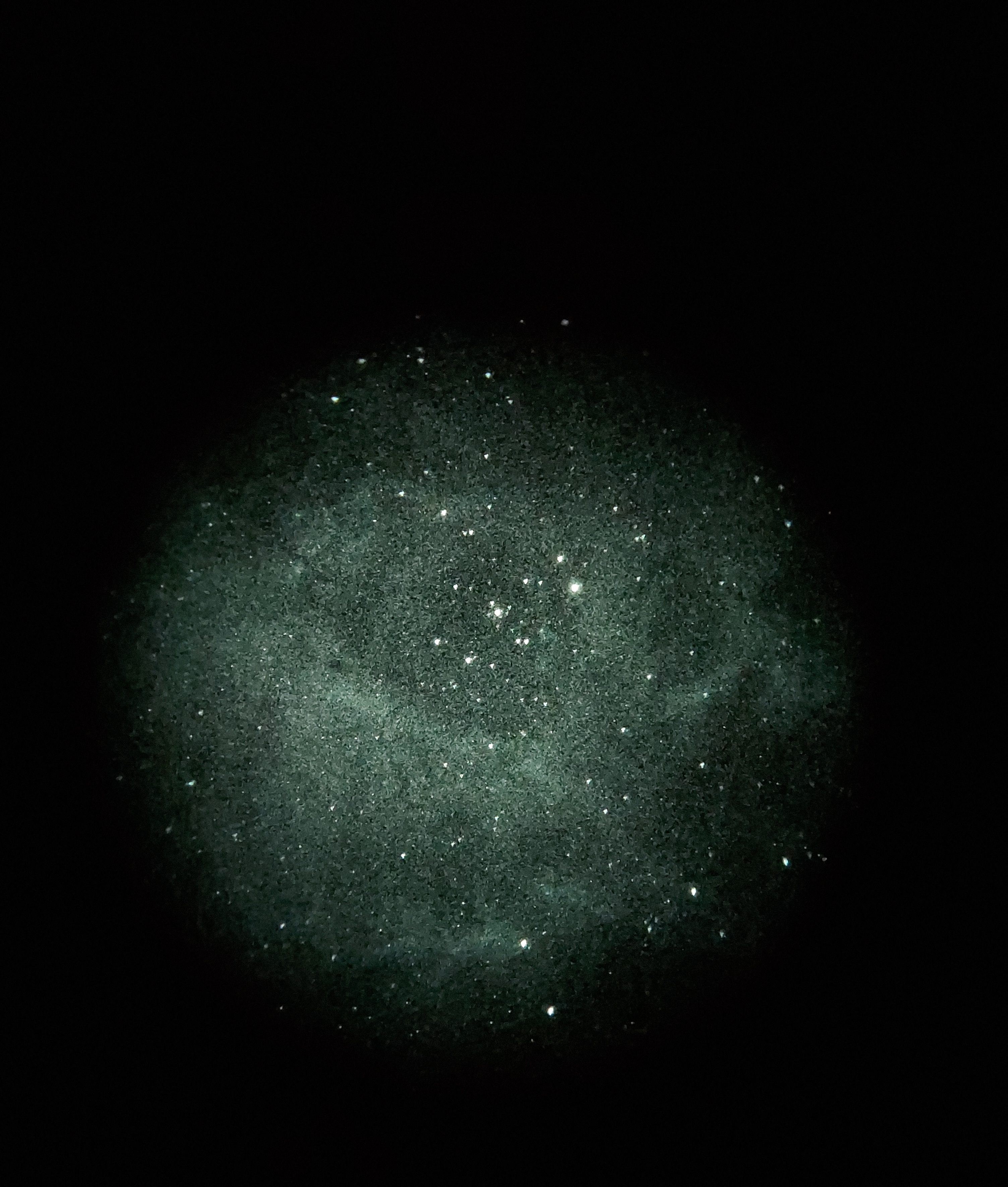
Finally the California Nebula. This is a 92mm refractor and my Orion XX16G.
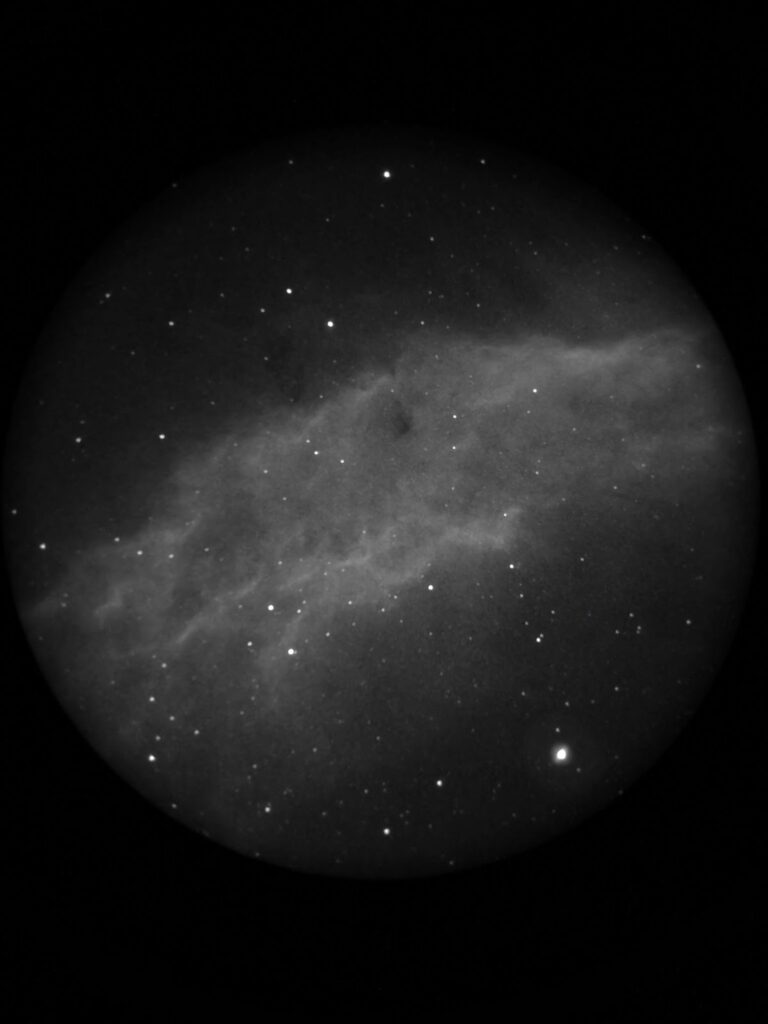
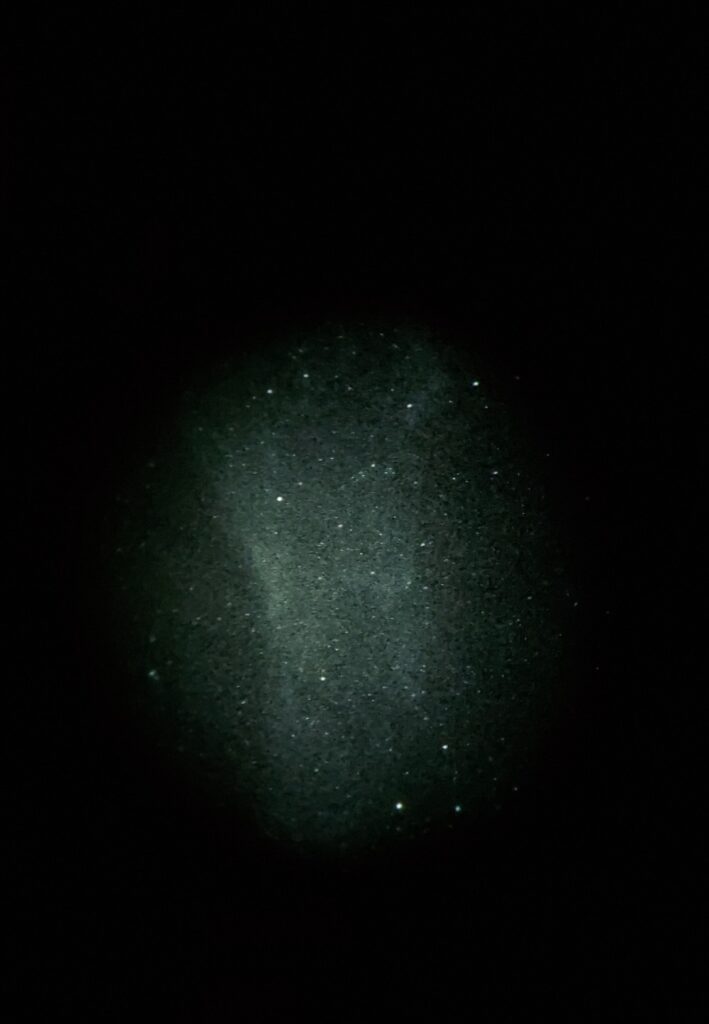
When you are looking for impressive targets with a night vision set up you are going to start going for nebulae.
As you can see in the above images, larger nebulae such as the North American and Pelican, Veil, and Rosette, a shorter focal length refractor will shine because you can fit the entire target in the field of view.
On galaxies they don’t work so well because of the image scale. You’re better off going with a dob for these.
So, it is important to consider your equipment when you are selecting targets for photography and viewing. You can see a difference on the Rosette nebulae where I can only see the center while the refractors see the whole target.
Targets: Dob vs Refractor
Night vision is most impressive when viewing nebulae and many of them are very large. A refractor will produce much more impressive photographs of these large targets.
Refractors in general are better for deep space objects and planets, but when it comes to night vision you will want to use them on the large nebulae.
You will have many more targets to observe with a large Dobsonian Reflector than with a refractor.
This is because the smaller field of view you can go after smaller targets, and there are thousands. The larger targets are good for a refractor, but there are not as many of them.
If you have to choose only one scope to use with your night vision setup, I’d go with the dob. Of course, I am very partial to Dobsonians.
I got my night vision in the summertime in the Northern Hemisphere, so my first targets were M17: the Swan nebula, M8: the Lagoon nebula, M20: the Trifid nebula and other small targets.
I was completely blown away at how the views were completely transformed, some objects with nebulosity filling the entire field of view showing these targets in a brand new light.
Aperture: Dob vs Refractor
The aperture will vary from scope to scope. Aperture is the measure of how much light gathering power your scope has. This definition of aperture will give you a deeper understanding of how this measurement is used in astronomy.
A 10” dobsonian for example gathers much more light than,say a 130mm refractor.
When using night vision this allows the larger scope to pull out some very faint targets.
This is a huge advantage for the larger aperture telescopes by allowing you to see very faint objects that are not visible without night vision or with a smaller telescope and night vision.
Richard has a TEC with 1600 mm focal length and a focal ratio of f/8 and, my telescope has 1800 mm focal length and a focal ratio of f/4.4. Here are two of the scopes used to take the images in this article:
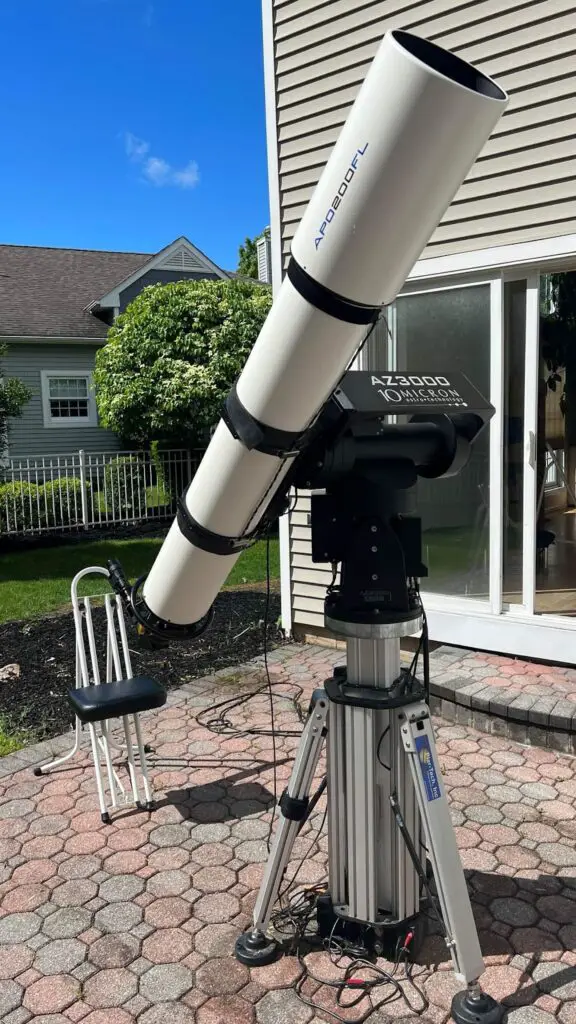
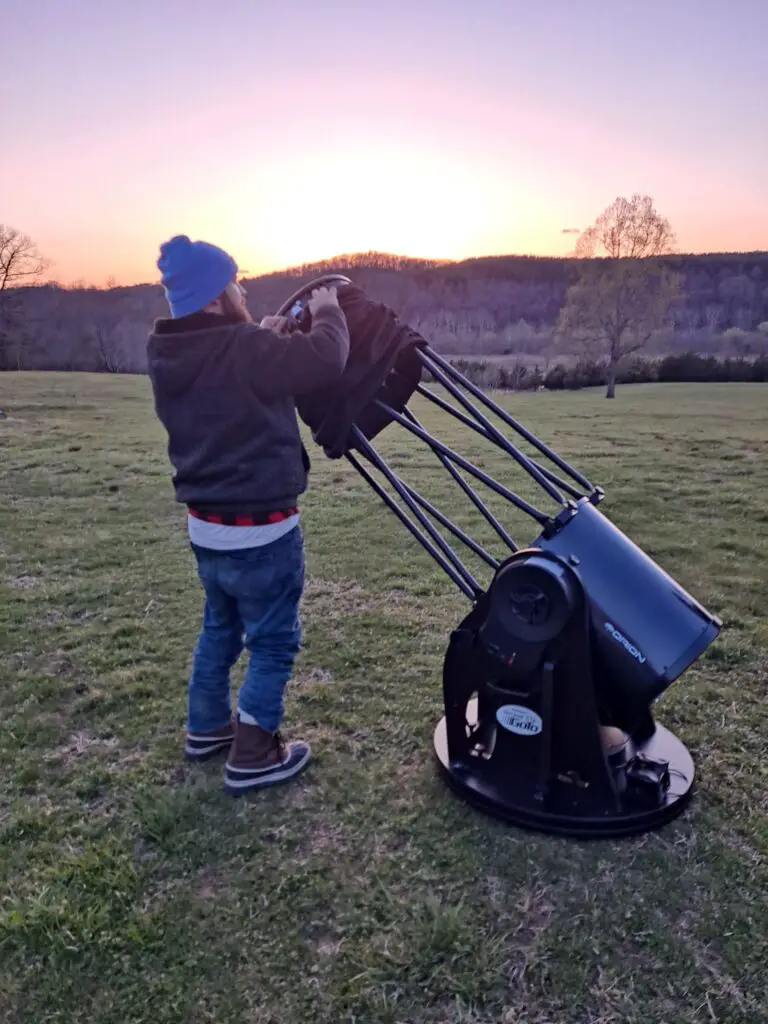
Ease of Use: Dob vs Refractor
You can see the scopes above are very different. I am a simple guy and the Dob makes the most sense to me. It was pretty easy to get set up and start using this telescope. Many astronomers will tell you the same thing. Refractors require more skill to use.
There are a few things to consider when you are choosing a scope to use with night vision astronomy.
Having a fast scope is better for night vision. You can read more about telescope speed (also called focal ratio) in this article where we tried our best to make it as simple as possible.
Dobsonian mounted scopes do require collimation which may be difficult for beginners.
There is also cool down time, Dobs may take longer to cool down to ambient temperatures if stored inside than a refractor, just because of the size of the mirror, but they can be very fast to set up.
Of course, if you already have a telescope and you are just adding night vision, I highly recommend that you use the scope you have. It will be one less thing to learn.
Image Quality: Dob vs Refractor
Imaging with night vision makes it easy to be impressive. The images are much brighter and easier for the camera to capture.
In traditional astrophotography refractors are said to have better image quality because there is no central obstruction, and they track more smoothly on eq mounts.
When capturing an image with a cell phone and night vision you will need a cell phone mount to keep the camera directly over the eyepiece. I have had great results with about a 10 second exposure.
Here is one of my earliest photographs with a basic cell phone handheld compared to a photo with a phone mount and 10 second exposure.
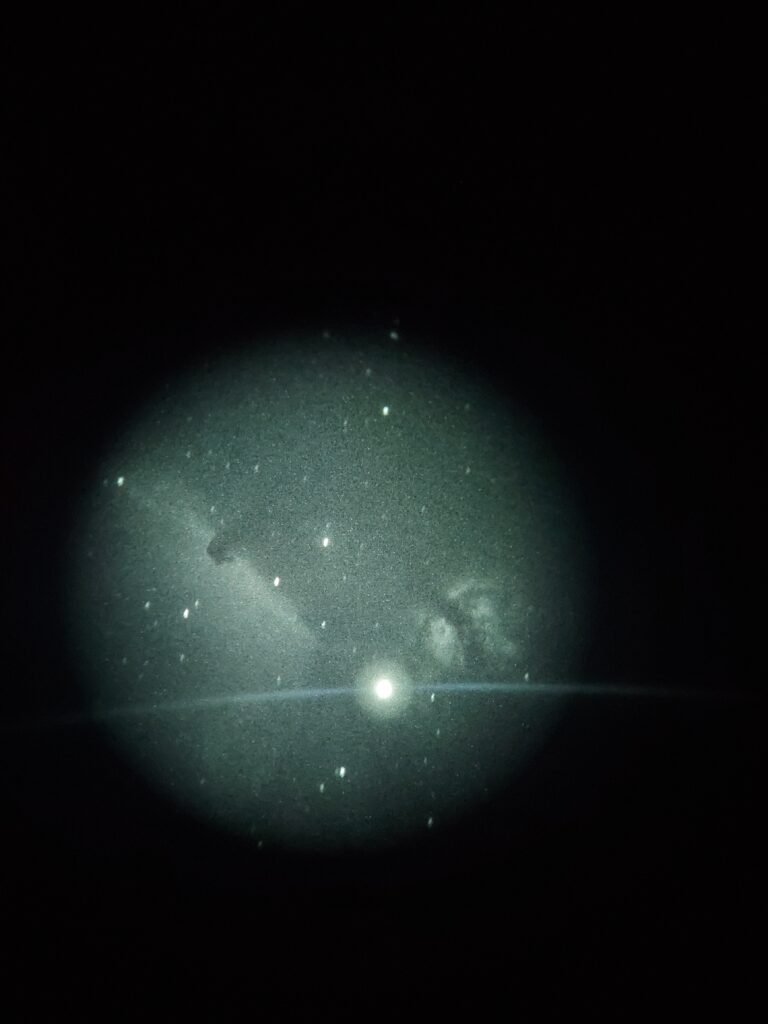

Keep in mind we’re talking about goto or guided mounts with tracking here. This is important for photography. You won’t be able to get cellphone pictures of even a few seconds exposure without significant star trails unless you use tracking.
My current phone can only perform a ten second exposure in pro mode while using the native camera.
I’m upgrading soon to a phone with a thirty second shutter speed option soon and I’m curious to see how many seconds I can use with my alt az mount without seeing star trails. Even ten seconds can be difficult sometimes. Follow along on Instagram to see what results I can get.
The Image Scale
Image scale refers to the size of the image you can capture. Image scale is the size of the image and field of view is how much you can see around the image.
I have a pretty small field of view and therefore a smaller image scale. The eyepiece impacts the image scale significantly as well. These images use a variety of eyepieces. This is something that will impact all your images so keep that in mind when looking at these comparisons.
Here is the Eagle Nebula in two scopes. See if you notice the difference in size.
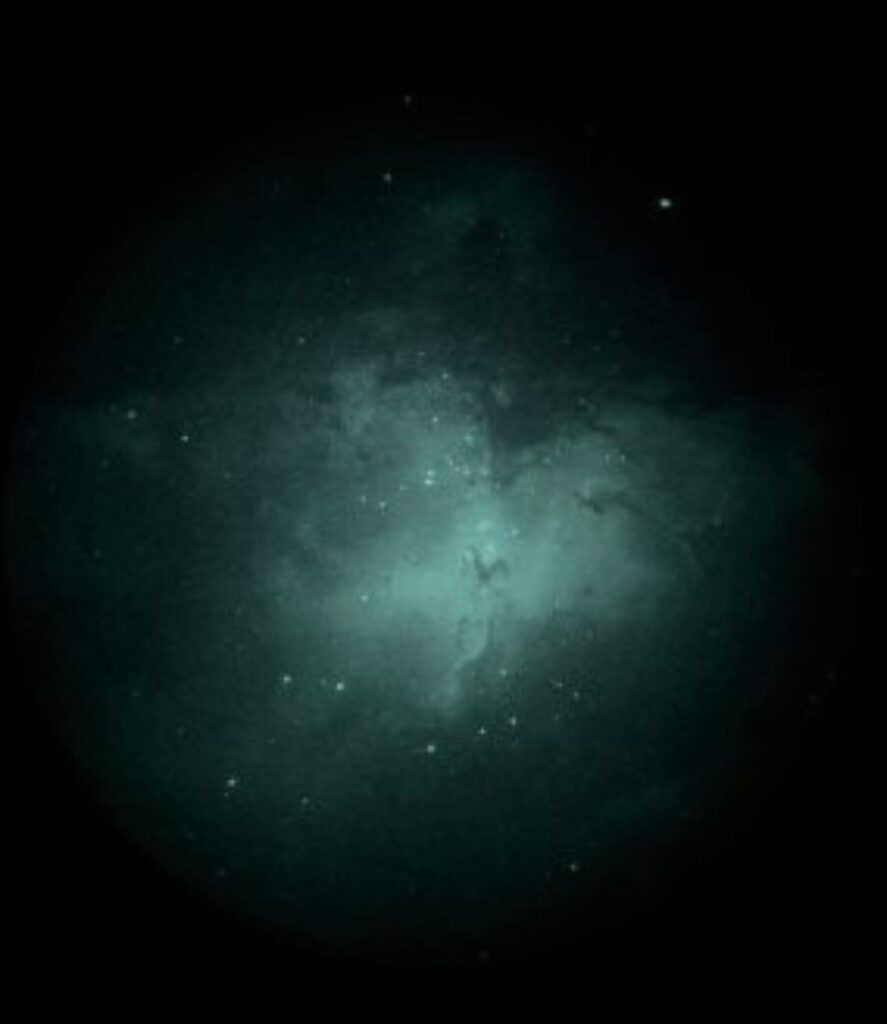
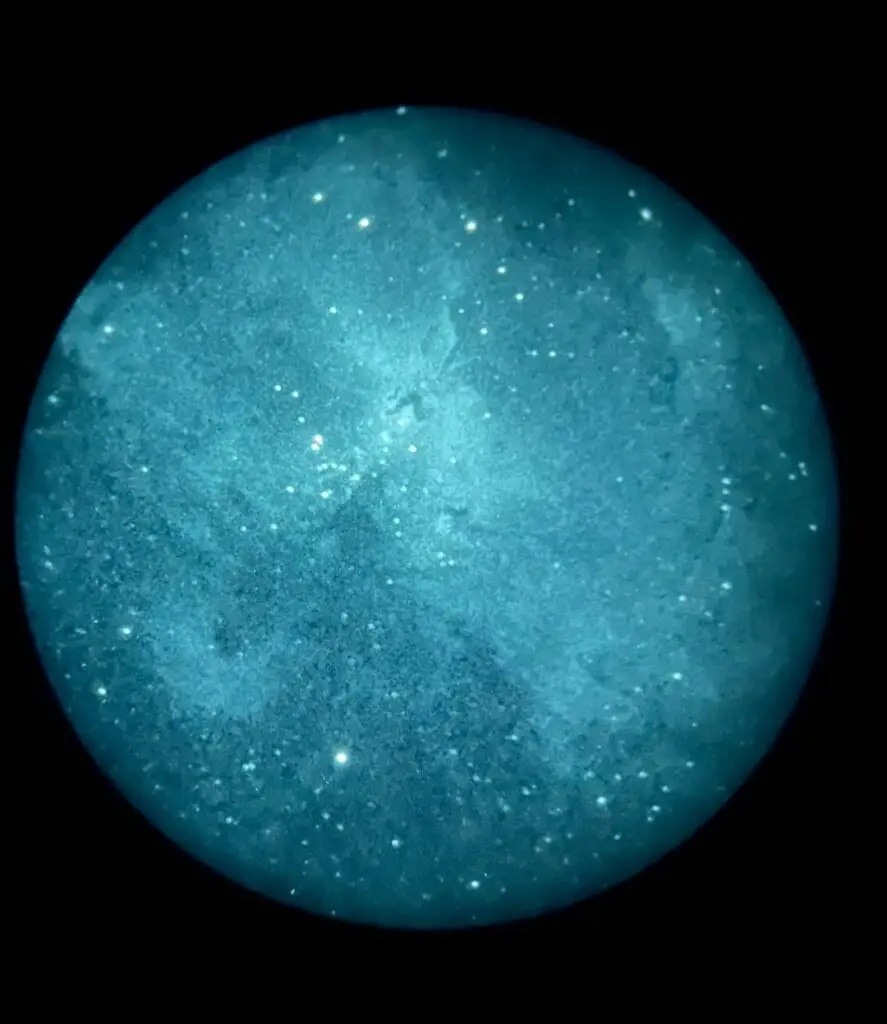
California Nebula
Even on the large nebula where you can’t see the whole thing because of small field of view, you can still slew around and observe different parts of it.
I really enjoy looking at the Cygnus wall by the Gulf of Mexico as my 1800mm focal length dob frames it really well. In the refractor you can see the whole thing along with the Pelican Nebula.
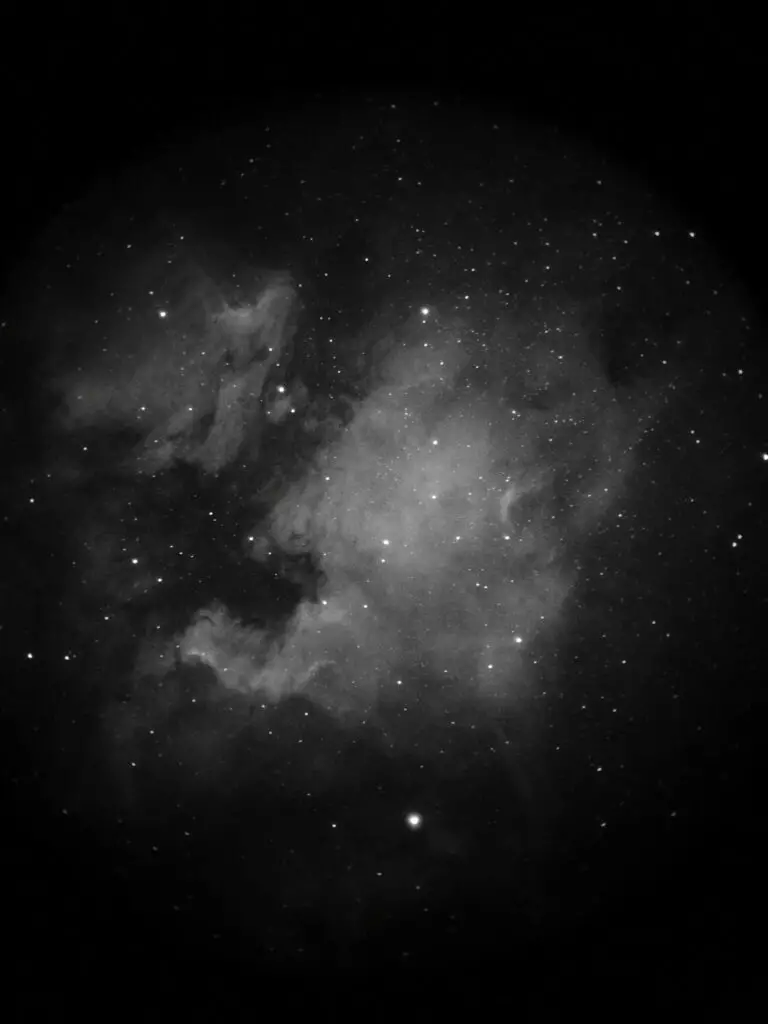
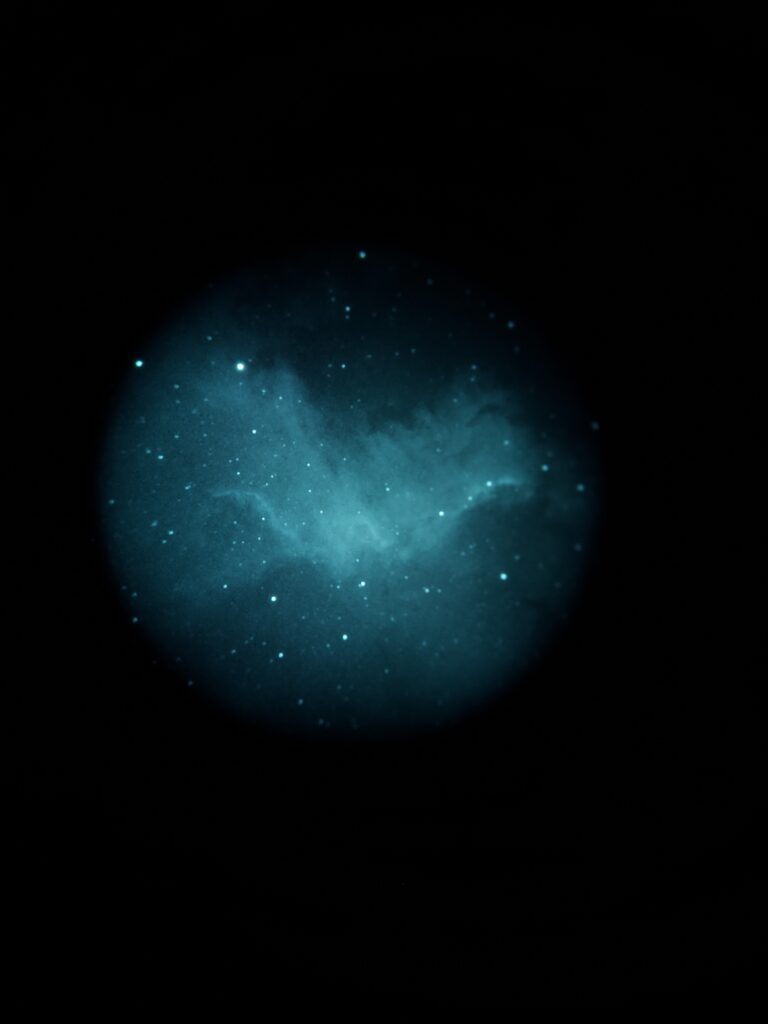
Additional Images
Since we all love looking at thees incredible images, here is a collection of the images from two of the scopes used throughout the article.
Richard

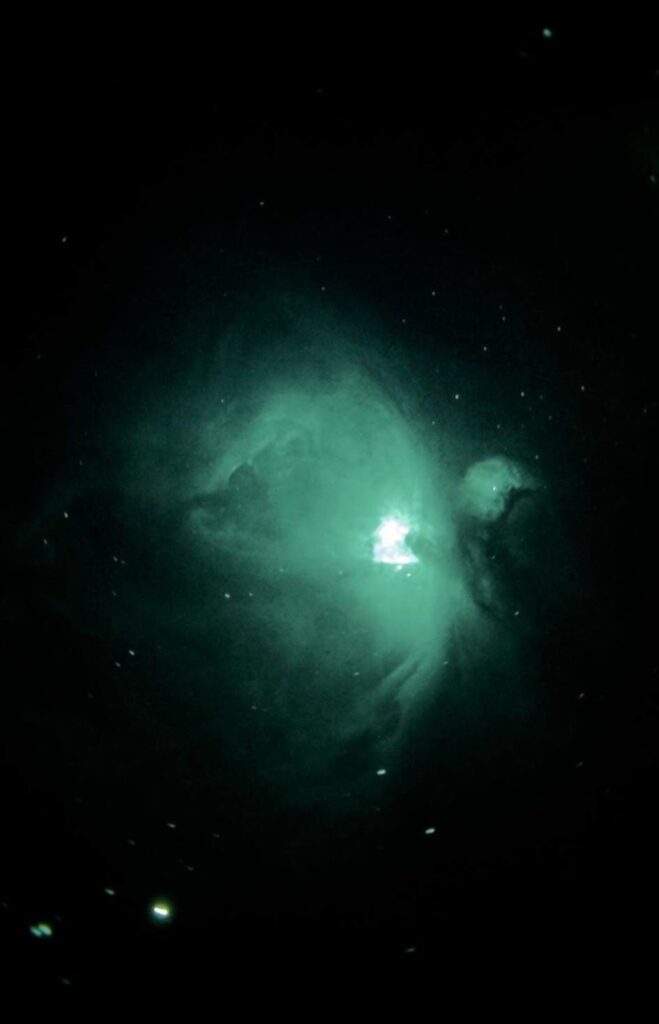

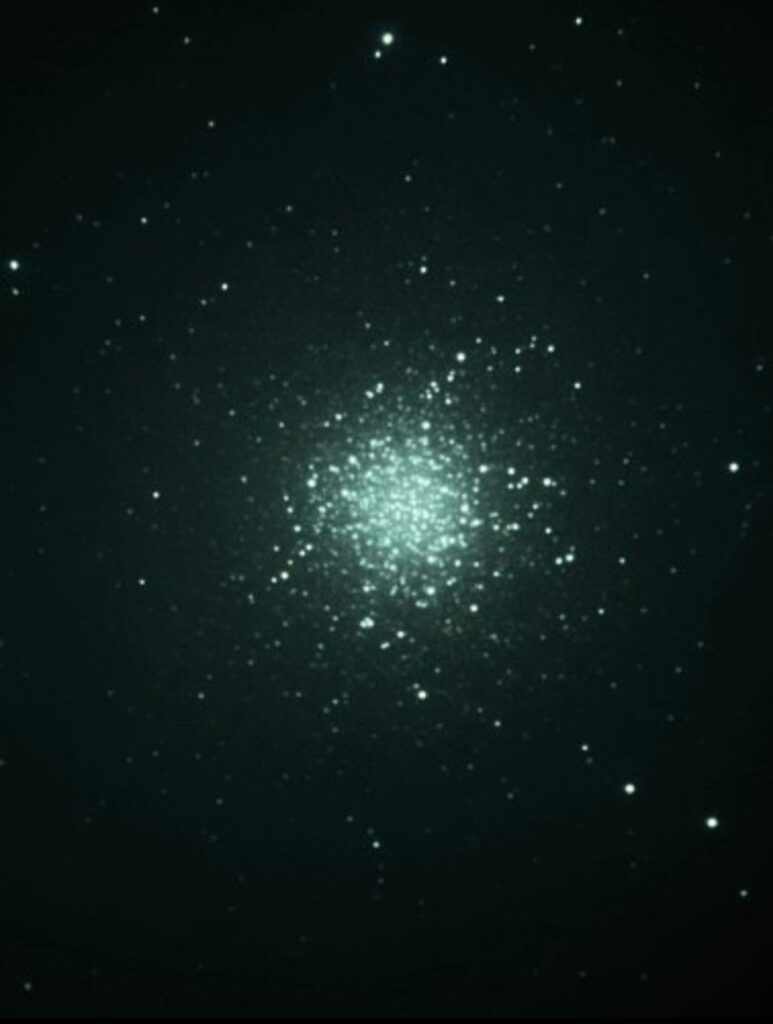
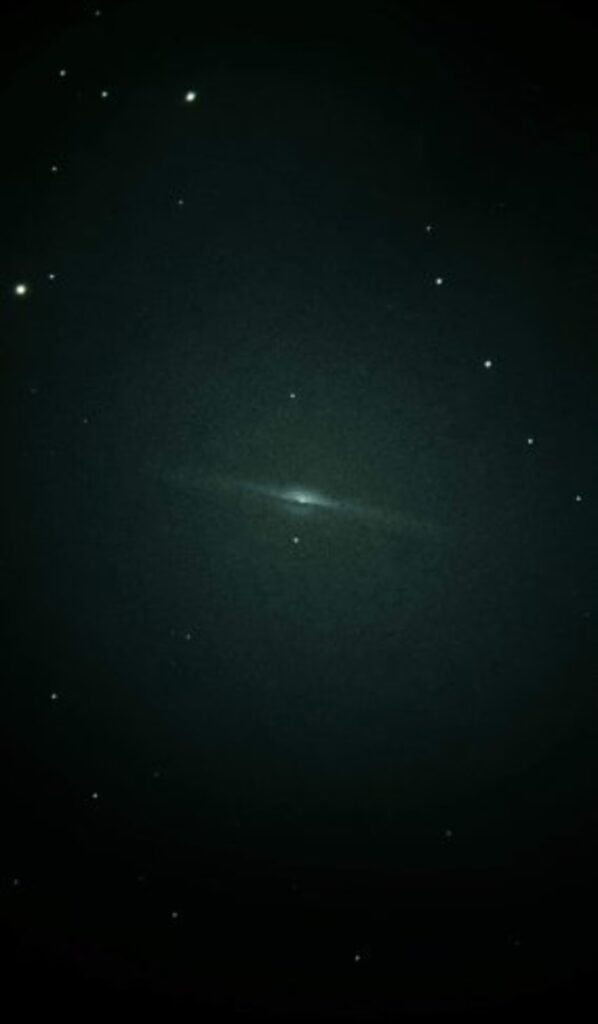
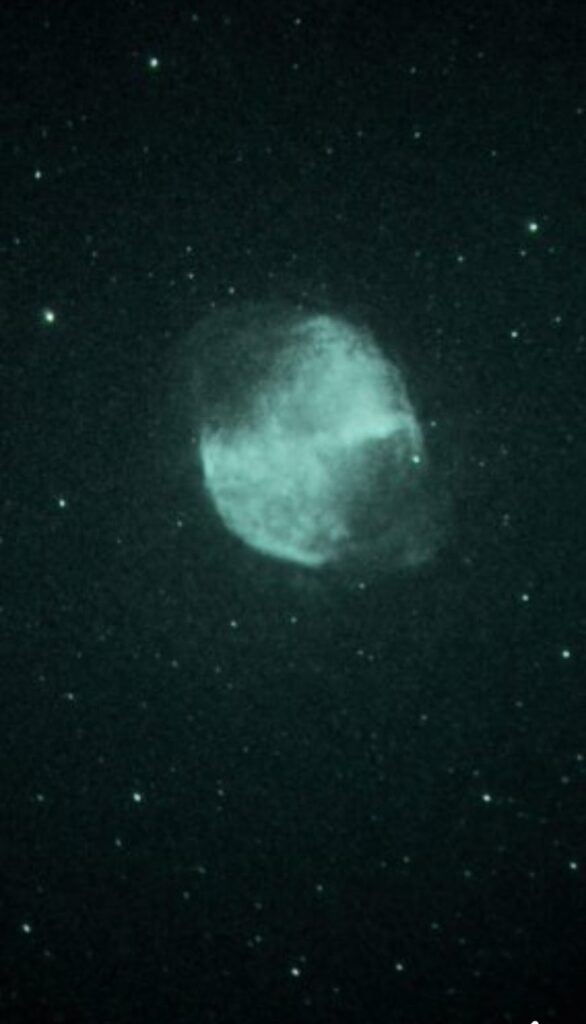
Gavin


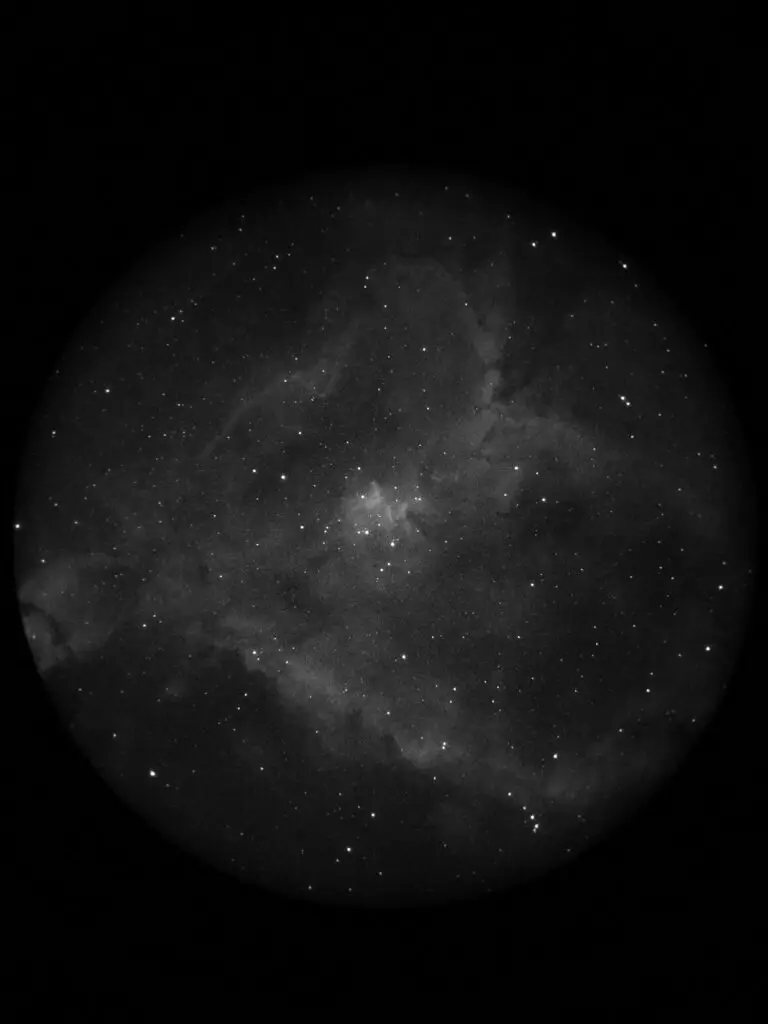
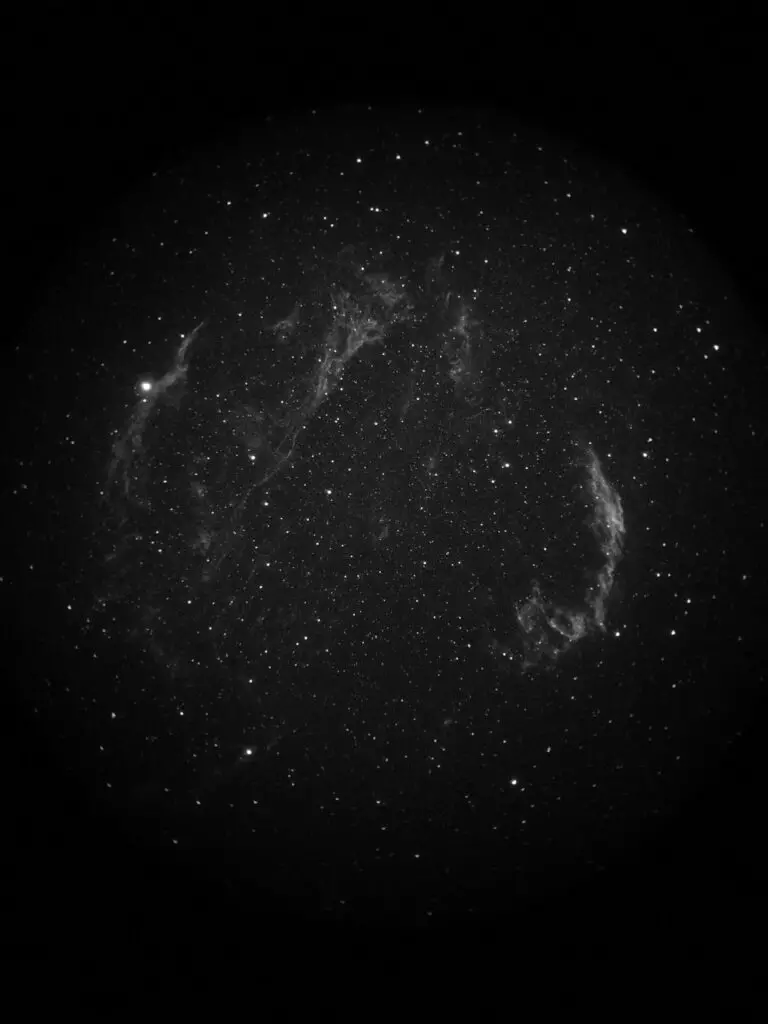


On a side note, at a star party recently we were looking at the Horsehead and Flame in my xx16g. There was a guy with a 20” Obsession and I popped my nv stack in his focuser and we could only see one or the other at a time. They both wouldn’t fit into the same fov. That made me really appreciate my focal length and the way some targets get framed so nicely.

